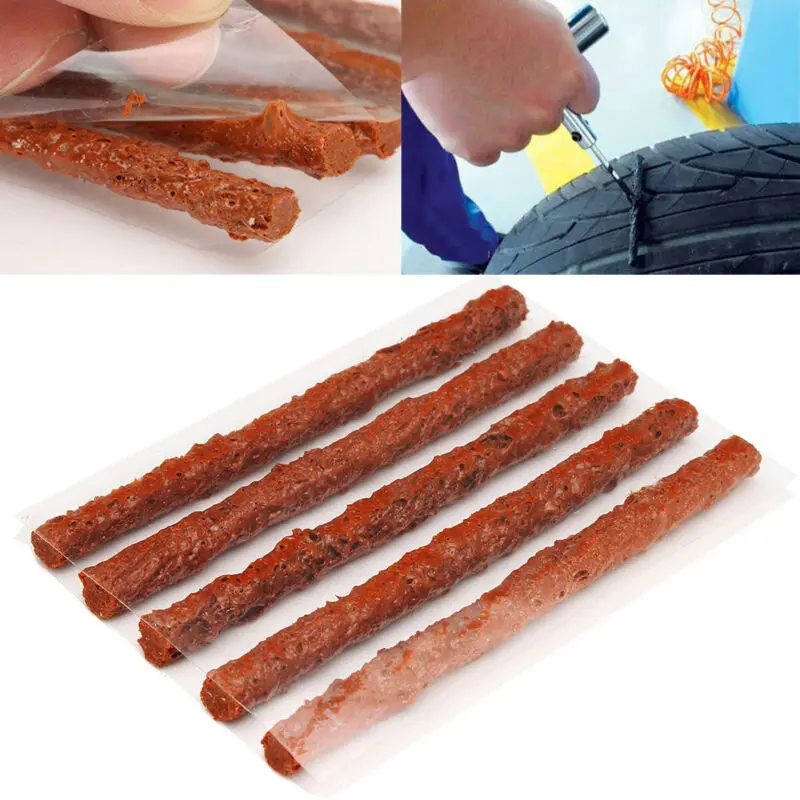Despite eight figure verdicts and public safety campaigns by the National Highway Traffic Safety Administration (NHTSA) highlighting the dangers of improper tire repairs, (“plug-only” and “patch-only”) repairs, suppliers continue to market and sell plug-only repairs kits. Likewise, tire repair shops continue to use these improper repair methods.
This web page discuss tire repair techniques, the relative safety of those various repair methods, tire repair litigation and some of the reasons these unsafe methods persist.
Safe and Unsafe Ways to Repair a Tire
Most people discover that their in-service tire may have a puncture after noticing that their tire is flat or low on air.
There are three common ways to repair a punctured tire: A plug-only, a patch-only repair or a combination repair. The patch-only and combination repairs require the technician to demount the tire from the rim to examine the inside of the tire for damage and repair it from the inside. The plug-only repair does not. When tire rubber has been punctured, the hole tends to close up when the puncturing item us removed. Therefore, unless there has been damage or the puncturing object is still protruding from the tire, it can be difficult to locate the puncture through a visual examination only.
Technicians will often swab the tire with soapy water or dunk it into a tank to look for bubbles of escaping air. It is impossible to inspect the cavity of the tire for any puncture damage without removing the tire from the rim. This is one of the multitudes of reasons why a plug-only repair is an unsafe method.
A plug-only repair is accomplished by inserting the plug through the outside of the tire with an insertion tool. The insertion tool is the removed, leaving the plug in the hole, and thereby filling it. Often times, this plug-only repair is a “string plug,” which consists of a 4 to 5 inch long woven cord that is covered with a tacky substance. String plugs are typically supplied as part of a repair kit consisting of a reaming tool, an insertion tool and a few string plugs. Some kits also contain rubber cement to help create a seal between the string plug and tire. The cost of a string plug repair kit ranges from $4.00 to $5.00. It is also possible to purchase additional string plugs at a cost of $2.00 to $3.00 for a package of three to five replacement plugs. A string plug repair facility cost half of other types of repairs, making it an attractive alternative for consumers looking to save money.
Some kits also contain rubber cement to help create a seal between the string plug and tire. The cost of a string plug repair kit ranges from $4.00 to $5.00. It is also possible to purchase additional string plugs at a cost of $2.00 to $3.00 for a package of three to five replacement plugs. A string plug repair facility cost half of other types of repairs, making it an attractive alternative for consumers looking to save money.
Tires that have been punctured and repaired with a string plug may hold air for months, years even for the remaining life of the tire. For this reason, many consumers consider a string plug repair a permanent solution. The tire manufacturing industry expressly disagrees. Various industry publications state that the greatest potential danger caused by a string plug repair is that this type of repair allows air and moisture to penetrate the body of the tire. The tire industry maintains that these elements seep in between the layers of the tire allowing the steel belts to degrade and causing the tire to deteriorate and corrode from within. Over time, this corrosion weakens the steel belts and the bonds between the rubber-to-rubber layers and rubber-to-the-wire layers of the tire, greatly increasing the risk of a tread separation. An additional risk of performing a string plug repair is that a puncture, even if it is within the “repairable” area of the tire, may cause damage to the inside of the tires. Without inspecting the inside of the tire, it is impossible to determine whether any damage has occurred, requiring it to be scrapped.
Over time, this corrosion weakens the steel belts and the bonds between the rubber-to-rubber layers and rubber-to-the-wire layers of the tire, greatly increasing the risk of a tread separation. An additional risk of performing a string plug repair is that a puncture, even if it is within the “repairable” area of the tire, may cause damage to the inside of the tires. Without inspecting the inside of the tire, it is impossible to determine whether any damage has occurred, requiring it to be scrapped.
The second common tire repair method is a “patch-only” repair. In order t patch a tire, the technician must remove it from the rim to locate the puncture from the inside of the tire. After the puncture has been located, the area surrounding the puncture on the inside of the tire is prepared with scrapers, buffing tools and cleaning solutions in order to prepare the area to “bond” with the repair unit or patch. After preparation, vulcanizing cement is then applied to the patch and inner liner of the tire and the patch is applied over the puncture hole.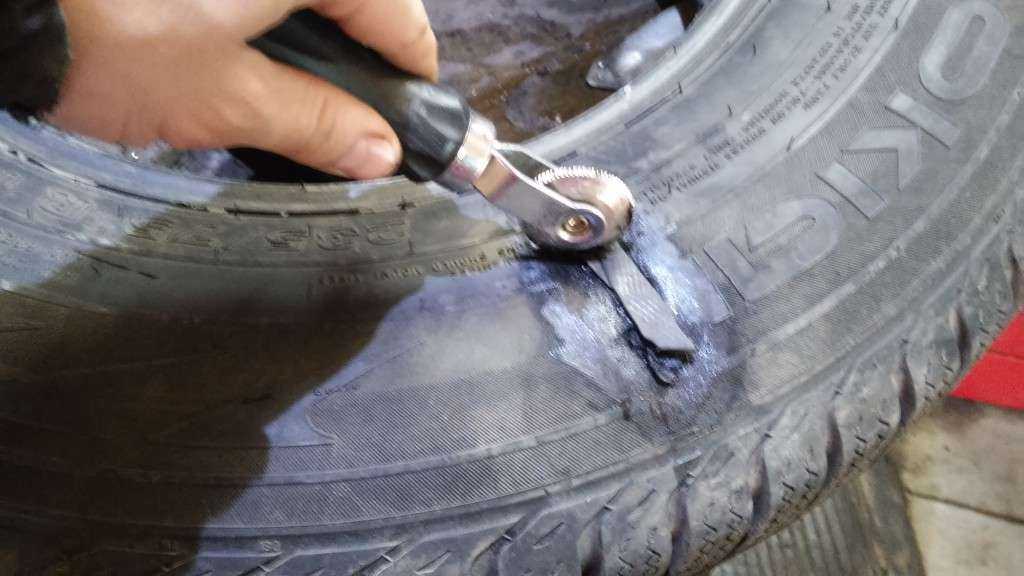 The patch and surrounding area is stitched or rolled, and may be covered with sealant before the tire is put back on the rim. The tire industry also considers this repair method to be improper because it may allow air and moisture to seep into the tire through the injury channel from the tread surface.
The patch and surrounding area is stitched or rolled, and may be covered with sealant before the tire is put back on the rim. The tire industry also considers this repair method to be improper because it may allow air and moisture to seep into the tire through the injury channel from the tread surface.
It is NHTSA’s position that a combination repair is the only way to properly repair a tire puncture. A combination repair consists of a repair patch with a rubber plug/stem attached to its center. There are some rare circumstances when a separate patch and plug can be used, but normally the industry guidelines recommend a combination repair unit that is only one piece. After a puncture is located, it is reamed out to create a clean hole for the plug. The area around the puncture on the inside of the tire is then prepared to bond with the patch. Vulcanizing cement is applied to that area and to the patch/plug combination. The plug is pulled from the outside of the tire through the reamed hole so that it completely fills the hole and created a tight seal with the rubber of the tire. The patch bonds to the inside of the tire, preventing air from escaping with the plug seals the puncture hole preventing air form escaping while the plug seals the puncture hole preventing air and moisture from invading the tire. The rubber stem is trimmed to be even with the surrounding tread.
The patch bonds to the inside of the tire, preventing air from escaping with the plug seals the puncture hole preventing air form escaping while the plug seals the puncture hole preventing air and moisture from invading the tire. The rubber stem is trimmed to be even with the surrounding tread.
Tire Repair Litigation
The above tire repair methods have been in use for decades and litigation involving the failure of repaired tires is not new, nor is it particularly widespread. In fact, tire manufacturers will use “improper repair” as one of their primary defenses in litigation. Most recently, in October of 2011, a state court jury in Tampa, Florida awarded $13.64 million to Gwen and Roy Chattelle after they suffered a tire failure and crash at highway speed that rendered her a quadriplegic. The case went to trial against the service center and its employee, who inspected and improperly repaired a tire before the crash.
Three months prior to the crash, the Catelli’s right rear tire was low on air and was inspected and repaired by Tampa Auto Repair.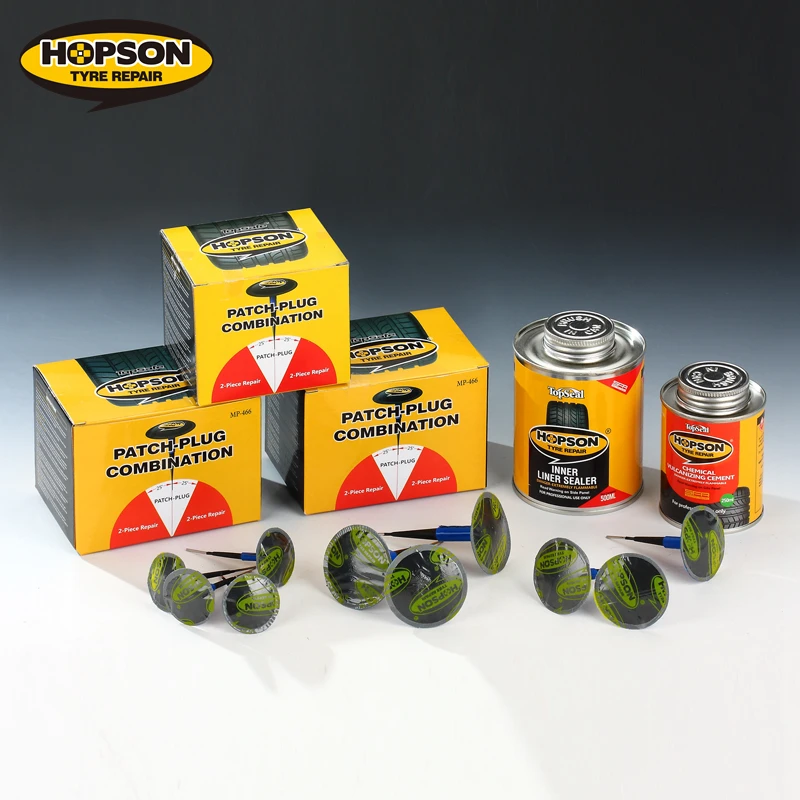 There was no evidence introduced showing that the right rear tire had been moved, replaced or repaired again between the time of the repair and the time of the crash. At the time of the crash, the tire experienced a partial tread separation, suffered a catastrophic loss of air pressure and as a result, the vehicle went out of control rolled over several times. Inspection of the failed tire showed that it had two punctures. The first puncture had been repaired with an improper string plug and was already in the tire. Plaintiffs contended that the second puncture was an additional improper repair by the defendants that never properly bonded and, as a result, the repair unit became dislodged. Plaintiffs’ experts opined that the Defendants violated industry standards and their own internal policies requiring a tire with an existing improper repair to be removed from service rather than repaired. Destructive testing showed rust on the second puncture and evidence verifying the corrosion of the belts from exposure to air and moisture.
There was no evidence introduced showing that the right rear tire had been moved, replaced or repaired again between the time of the repair and the time of the crash. At the time of the crash, the tire experienced a partial tread separation, suffered a catastrophic loss of air pressure and as a result, the vehicle went out of control rolled over several times. Inspection of the failed tire showed that it had two punctures. The first puncture had been repaired with an improper string plug and was already in the tire. Plaintiffs contended that the second puncture was an additional improper repair by the defendants that never properly bonded and, as a result, the repair unit became dislodged. Plaintiffs’ experts opined that the Defendants violated industry standards and their own internal policies requiring a tire with an existing improper repair to be removed from service rather than repaired. Destructive testing showed rust on the second puncture and evidence verifying the corrosion of the belts from exposure to air and moisture. The jury returned a verdict for the plaintiffs, finding that the repair shop and its manager were liable for the Plaintiff’s damages. In march 2011, a jury in San Diego County, California awarded almost 14.5 million to the minor sons of Casey and Melanie barber who were killed in a 2006 Accident in which their van rolled over. At the time of the accident, the Barbers’ children were 3, 5 and 8 years old. The Barber case went to trial against a dealership that had repaired the tire using “patch-only” repair method described above. Additionally the puncture in the Barber’s tire was outside the reparable are recognized by the tire industry and evidence was presented at trial that the mechanic failed to prepare the area around the puncture to bond with the patch. Evidence was introduced that the tire mechanic who performed the repair had been on the job for less than a week and the shop had provided him with no how to properly repair a tire.
The jury returned a verdict for the plaintiffs, finding that the repair shop and its manager were liable for the Plaintiff’s damages. In march 2011, a jury in San Diego County, California awarded almost 14.5 million to the minor sons of Casey and Melanie barber who were killed in a 2006 Accident in which their van rolled over. At the time of the accident, the Barbers’ children were 3, 5 and 8 years old. The Barber case went to trial against a dealership that had repaired the tire using “patch-only” repair method described above. Additionally the puncture in the Barber’s tire was outside the reparable are recognized by the tire industry and evidence was presented at trial that the mechanic failed to prepare the area around the puncture to bond with the patch. Evidence was introduced that the tire mechanic who performed the repair had been on the job for less than a week and the shop had provided him with no how to properly repair a tire.
This highlights the fact that consumers are unacquainted with proper tire repair methods and assume they can rely on “professional” tire repair facilities to employ mechanics with the training necessary to complete repairs properly. These recent cases emphasize the need for minimum training requirements for persons authorized to perform tire repairs. There is currently no Automotive Service Excellence certification for tire repair.
These recent cases emphasize the need for minimum training requirements for persons authorized to perform tire repairs. There is currently no Automotive Service Excellence certification for tire repair.
In 2006, a minor child in Florida was injured when the vehicle he was riding in experienced a tire blow out and crashed. The tire had been repaired at a service station with a string plug, but no patch. The Plaintiff sued the manufacturers of the string plugs, claiming that plug only repairs are unsafe and unreliable and can lead to tire failure. The trial court granted summary judgment to the plug manufactures, ruling the plugs were not defective in and of themselves because both sides’ experts testified that they could be used safely in combination with a patch. The court of appeals reversed holding that even if a string plug was not defective in all situations, such as when used in combination with a tire patch, the jury could have found that the string plugs failed to perform as safely as a reasonable consumer would expect under Florida’s “consumer expectation” standard in product defect cases.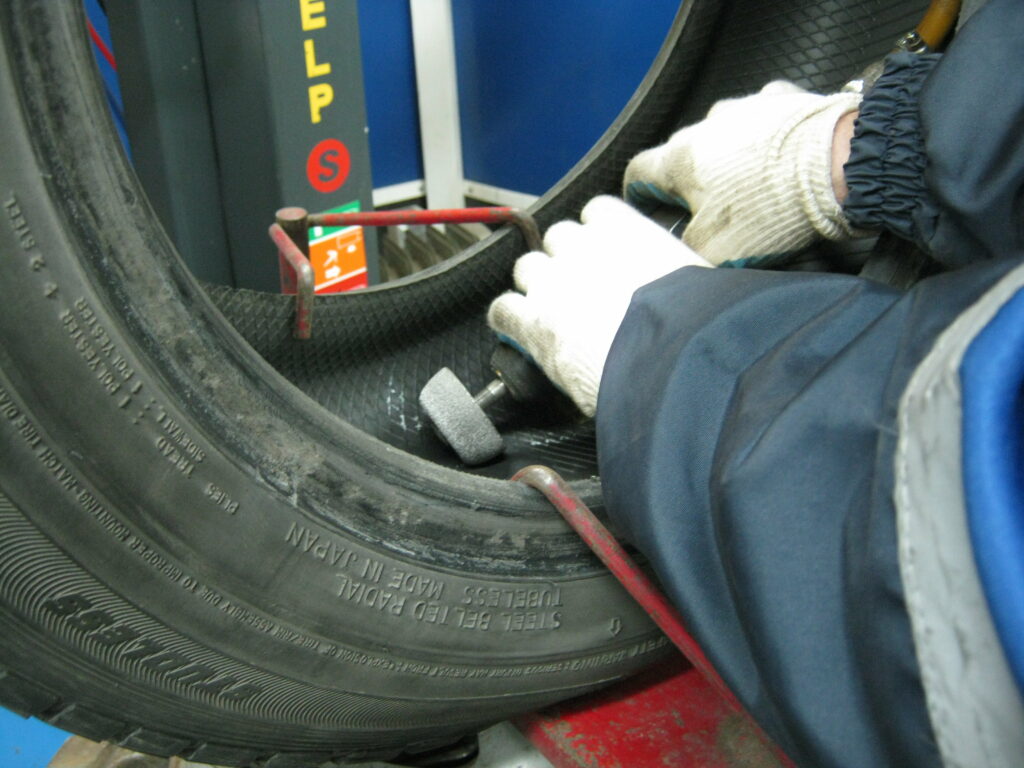
In 1996, in Peterson V. Ress Enterprises, a Chicago jury awarded $12.65 million to the Plaintiff. Peterson was a college student who was rendered quadriplegic in an accident resulting from a tire failure. The Plaintiff contended that the accident tire was improperly repaired by the defendants using a plug-only repair five months before the crash. On appeal, the appellate court affirmed the judgment in favor of the Plaintiff. The appellate court’s summation of the expert testimony in instructive about how string plug repairs can lead to tire failure:
Plaintiff’s expert testified that the tire failed upon road hazard impact because it was improperly repaired for a puncture with a string plug, causing air to seep into the tire’s casing. Goodyear’s expert testified that he failed tire was weakened prior to the accident by air seepage and migration resulting from Ress’ string repair.
Goodyear’s other tire expert testified that tire failures result from string plug repairs and that a string plug without a patch does not effectively seal a tire’s inner liner and air can seep into a tire’s carcass. Goodyear’s expert further testified that tread separation affects belt strength and renders a tire less capable of traversing road hazards.
Goodyear’s expert further testified that tread separation affects belt strength and renders a tire less capable of traversing road hazards.
Despite widespread knowledge among such industry experts that string plug repairs are unsafe; this knowledge does not appear to be shared by the public. One challenge for plaintiffs in prosecuting a tire repair case is that many jurors have preconceived opinion that patch-only and plug-only repairs are safe and effective. Due to the lack of knowledge, many consumers believe these repairs are proper. These misconceptions are buttressed by the fact that improper can last years without failure. As a result, any juror seated in a tire repair case will likely have either personal experience with plug-only or patch-only repairs that perform without incident. Potential jurors will also hear a long string of anecdotes from other potential jurors who used these improper repairs without incident.
A second challenge, which was highlighted by the Peterson case, is that most failed tires have been in service for some period of time and show signs of some form of abuse or misuse, such as road hazards, under-inflation or overloading.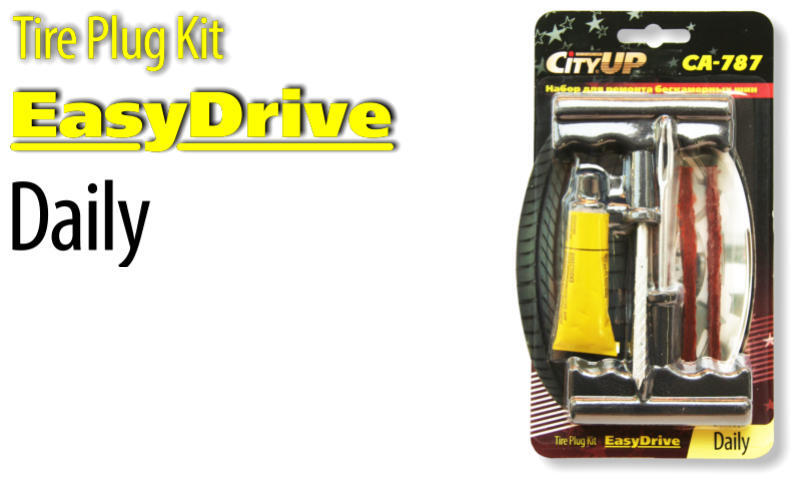 These conditions, which may or may not have contributed to the tire’s failure, create challenges in proving causation. They certainly result in ready-made defense for defendant tire manufactures. Oftentimes, multiple causes will come together, such as in Peterson, where the collective trial experts opined that the immediate precipitation event was an impact with an unknown road hazard. However, the collective Peterson experts reasoned that the tire was unable to withstand a road-hazard impact because it was already weakened by internal deterioration from the string plug.
These conditions, which may or may not have contributed to the tire’s failure, create challenges in proving causation. They certainly result in ready-made defense for defendant tire manufactures. Oftentimes, multiple causes will come together, such as in Peterson, where the collective trial experts opined that the immediate precipitation event was an impact with an unknown road hazard. However, the collective Peterson experts reasoned that the tire was unable to withstand a road-hazard impact because it was already weakened by internal deterioration from the string plug.
Why the use of Improper Repairs Persists Despite Clear Warnings
Despite the difference of a few dollars in cost between an unsafe, improper repair and a safe combination repair, widespread use of these improper repairs persists. Several factors contribute to this continued popularity of improper repair techniques. First, because plug-only repairs are performed from the outside of the tire and do not require demounting the tire from the rim, a plug-only repair can performed by almost anyone, anytime and with nothing more than an inexpensive repair kit.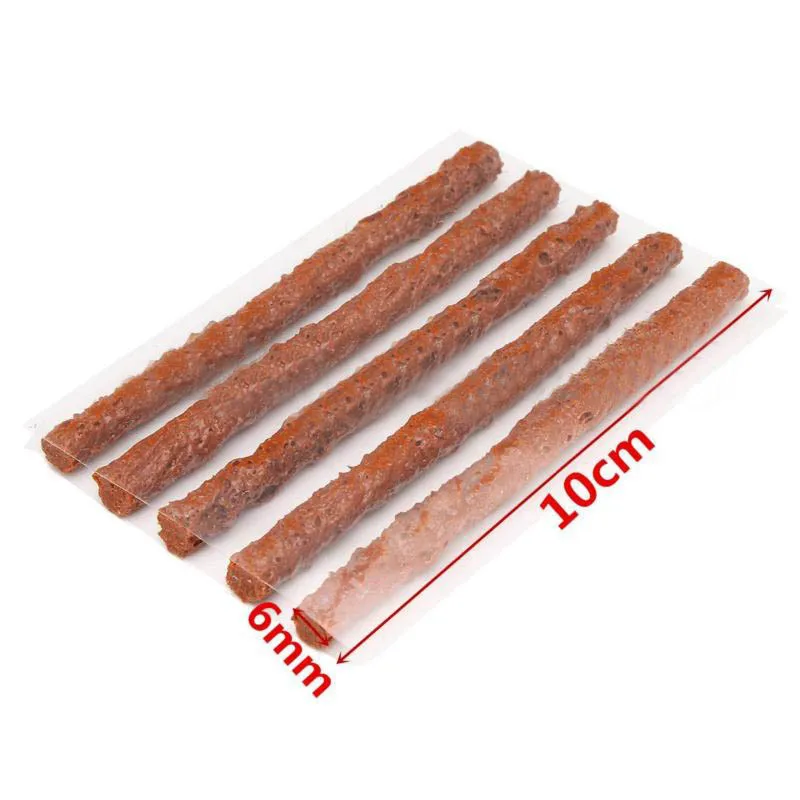 It is a relatively simple process that does not require the multiple steps necessary for a proper repair, like demounting, sanding or buffing, nor are adhesives required, making these repairs faster and less expensive. For most people it means the difference between being able to “do it yourself” at your own convenience, and having to leave your vehicle at a repair shop to be fixed on someone else’s schedule.
It is a relatively simple process that does not require the multiple steps necessary for a proper repair, like demounting, sanding or buffing, nor are adhesives required, making these repairs faster and less expensive. For most people it means the difference between being able to “do it yourself” at your own convenience, and having to leave your vehicle at a repair shop to be fixed on someone else’s schedule.
Secondly, problems caused by plug-only repairs may not happen immediately and, therefore, even if the tire does eventually fail, people may not associate that failure with the repair that occurred months or years earlier.
Additionally, many tire mechanics are never trained with proper techniques and many have used string plugs for years, resulting in a comfort level with the product. Many tire repair shop policies actually encourage the use of this method. Past testimony indicates that some shops are unaware or unconcerned with the safety issues caused by plug-only repairs.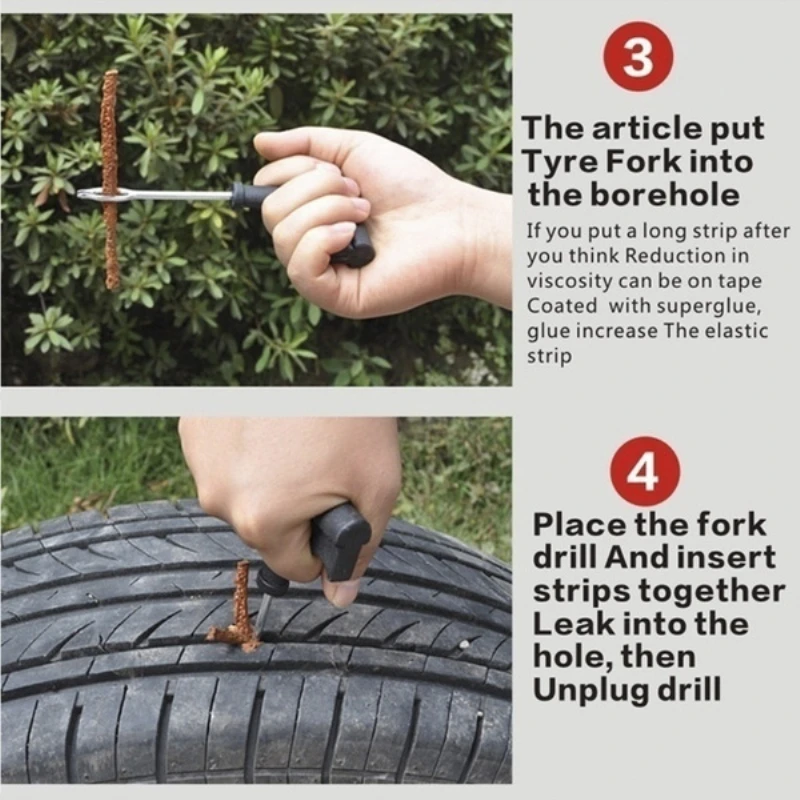 Other shops yield to the wishes of consumers who may insist the mechanic perform a plug-only repair that may save money. Still other cases show that some repair facilities actually train their mechanics to use plug-only repairs and supply the shop with the tools to do so. However, even shops those “officially discourage or prohibit the use of string plugs often employ a pricing and wage structure that creates a strong incentive for its workers to use them anyway.
Other shops yield to the wishes of consumers who may insist the mechanic perform a plug-only repair that may save money. Still other cases show that some repair facilities actually train their mechanics to use plug-only repairs and supply the shop with the tools to do so. However, even shops those “officially discourage or prohibit the use of string plugs often employ a pricing and wage structure that creates a strong incentive for its workers to use them anyway.
After reporting the out come of Barber case discussed above, one automotive repair websites received scores of comments critical of the litigious Americans” who had field lawsuits related to plug-only repairs. One commentator, apparently a mechanic at a facility that repairs tires said “We were told to patch, but I buy my own plugs … a patch pays 0.3 a plug pays 0.3” In other words, most repair facilities compensate mechanics by the type of job, assigning a specific amount of time to complete it. If a tire, it will usually take longer that the time allotted to perform a combination repair. These results in a incentive for the mechanic to use the quicker, less effective repair method to save time, make more money and move on to the next job.
These results in a incentive for the mechanic to use the quicker, less effective repair method to save time, make more money and move on to the next job.
Finally, consumers are unacquainted with the long term dangers of driving on tires with improper repairs. There are strong public sentiment that our government is overly active in recalling and banning unsafe products, so it is reasonable for consumers to assume that if string plug repair kits are being offered for sale legally at reputable retailers and tire repair shops, they must be safe. A cursory review of multiple automotive websites reveals the widely revels the widely held belief that if a string plug holds air, it is safe to use. Some consumers buy “emergency tire repairs kits” just to get them through a roadside emergency, but then forget to replace the tire. Consumers may also assume that if the tire is holding air, the string plug is “working” without realize that it is causing the tire to slowly deteriorate from the inside.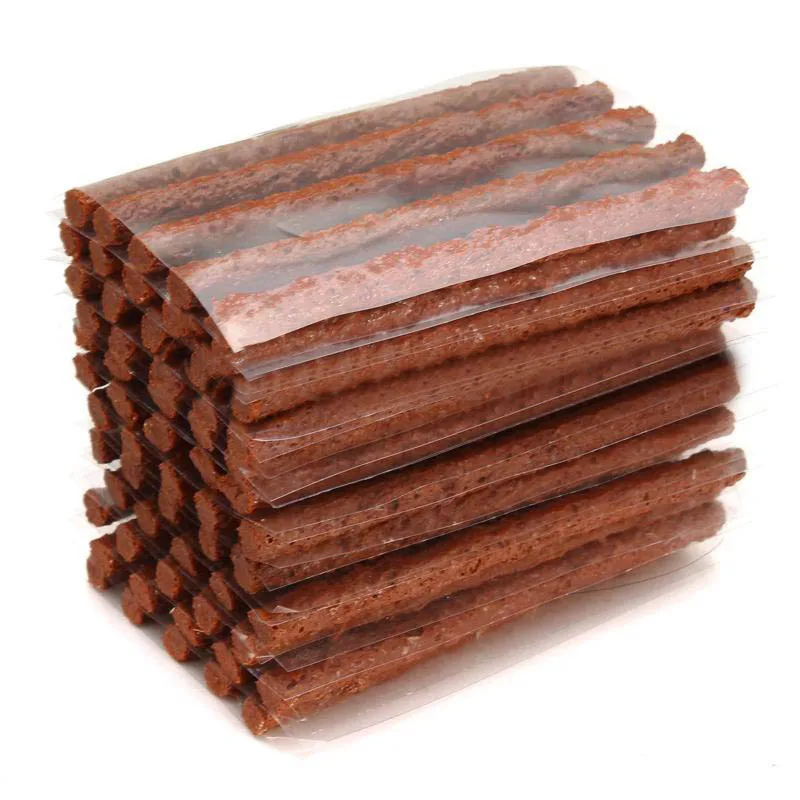
Roll over image to zoom in
This tire plug kit isnt your average parts-store plug kit. These plugs are the real deal and wont push out of the tire after 3 trails and leave you flat again. You must use the vulcanizing fluid and do not light the plugs on fire like old-school plugs. We have had a lot of success using these plugs!
TECH’s Permacure Truck Tire Repair Kit includes everything you need to repair a tire puncture quickly and easily. Unlike the inside/outside repair kits you’ll find at the local department store, our kit features TECH’s nylon-reinforced, natural rubber Permacure repairs. When used with the included Flow-Seal Vulcanizing Fluid, the gray cushion gum on these Permacure repairs permanently cures to the tire – creating an air-tight seal that will last the life of the tire.

Your Kit Contains:
Your payment information is processed securely. We do not store credit card details nor have access to your credit card information.
Country
United StatesCanada---AfghanistanÅland IslandsAlbaniaAlgeriaAndorraAngolaAnguillaAntigua & BarbudaArgentinaArmeniaArubaAscension IslandAustraliaAustriaAzerbaijanBahamasBahrainBangladeshBarbadosBelarusBelgiumBelizeBeninBermudaBhutanBoliviaBosnia & HerzegovinaBotswanaBrazilBritish Indian Ocean TerritoryBritish Virgin IslandsBruneiBulgariaBurkina FasoBurundiCambodiaCameroonCanadaCape VerdeCaribbean NetherlandsCayman IslandsCentral African RepublicChadChileChinaChristmas IslandCocos (Keeling) IslandsColombiaComorosCongo - BrazzavilleCongo - KinshasaCook IslandsCosta RicaCroatiaCuraçaoCyprusCzechiaCôte d’IvoireDenmarkDjiboutiDominicaDominican RepublicEcuadorEgyptEl SalvadorEquatorial GuineaEritreaEstoniaEswatiniEthiopiaFalkland IslandsFaroe IslandsFijiFinlandFranceFrench GuianaFrench PolynesiaFrench Southern TerritoriesGabonGambiaGeorgiaGermanyGhanaGibraltarGreeceGreenlandGrenadaGuadeloupeGuatemalaGuernseyGuineaGuinea-BissauGuyanaHaitiHondurasHong Kong SARHungaryIcelandIndiaIndonesiaIraqIrelandIsle of ManIsraelItalyJamaicaJapanJerseyJordanKazakhstanKenyaKiribatiKosovoKuwaitKyrgyzstanLaosLatviaLebanonLesothoLiberiaLibyaLiechtensteinLithuaniaLuxembourgMacao SARMadagascarMalawiMalaysiaMaldivesMaliMaltaMartiniqueMauritaniaMauritiusMayotteMexicoMoldovaMonacoMongoliaMontenegroMontserratMoroccoMozambiqueMyanmar (Burma)NamibiaNauruNepalNetherlandsNew CaledoniaNew ZealandNicaraguaNigerNigeriaNiueNorfolk IslandNorth MacedoniaNorwayOmanPakistanPalestinian TerritoriesPanamaPapua New GuineaParaguayPeruPhilippinesPitcairn IslandsPolandPortugalQatarRéunionRomaniaRussiaRwandaSamoaSan MarinoSão Tomé & PríncipeSaudi ArabiaSenegalSerbiaSeychellesSierra LeoneSingaporeSint MaartenSlovakiaSloveniaSolomon IslandsSomaliaSouth AfricaSouth Georgia & South Sandwich IslandsSouth KoreaSouth SudanSpainSri LankaSt.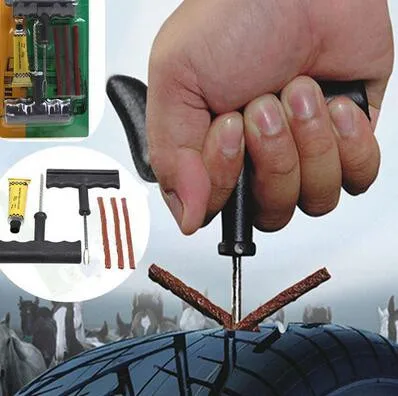 BarthélemySt. HelenaSt. Kitts & NevisSt. LuciaSt. MartinSt. Pierre & MiquelonSt. Vincent & GrenadinesSudanSurinameSvalbard & Jan MayenSwedenSwitzerlandTaiwanTajikistanTanzaniaThailandTimor-LesteTogoTokelauTongaTrinidad & TobagoTristan da CunhaTunisiaTurkeyTurkmenistanTurks & Caicos IslandsTuvaluU.S. Outlying IslandsUgandaUkraineUnited Arab EmiratesUnited KingdomUnited StatesUruguayUzbekistanVanuatuVatican CityVenezuelaVietnamWallis & FutunaWestern SaharaYemenZambiaZimbabwe
BarthélemySt. HelenaSt. Kitts & NevisSt. LuciaSt. MartinSt. Pierre & MiquelonSt. Vincent & GrenadinesSudanSurinameSvalbard & Jan MayenSwedenSwitzerlandTaiwanTajikistanTanzaniaThailandTimor-LesteTogoTokelauTongaTrinidad & TobagoTristan da CunhaTunisiaTurkeyTurkmenistanTurks & Caicos IslandsTuvaluU.S. Outlying IslandsUgandaUkraineUnited Arab EmiratesUnited KingdomUnited StatesUruguayUzbekistanVanuatuVatican CityVenezuelaVietnamWallis & FutunaWestern SaharaYemenZambiaZimbabwe
Zip code
Items returned to busted knuckle off-road will receive a minimum 20% restocking fee if the reason for return is based on the customers actions (examples: no longer need, changed mind). Restocking fees are based on supplier fees and may vary.
Items may be returned within 90 days of shipment is unused and in original packaging. No items are able to be returned after 90 days from shipment. Returns are not accepted for parts that have been used or the original packaging is missing or damaged.
Shipping and freight costs are non-refundable.
Labor is non-refundable. Custom built items are non-refundable.
Warranty returns are void if the vehicle is used for racing or the damage is caused due to accidents or abuse.
| Service | Price |
|---|---|
| 13" tire change service | from 1300 rub. |
| 14" tire change service | from 1600r |
| 15" tire change service nine0019 | from 2100r. |
| 16" tire change service | from 2600r |
| 17" tire change service | from 3000r |
| seasonal storage | 4000r. |
| Inspection | 1500r. |
| Tire repair (hot vulcanization) nine0019 | from 900r |
| Repair of alloy wheels (axial displacement, figure eight) | from 900r |
| Oil change+filter | from 700r |
| Replacing the brake fluid with pumping | from 800r |
| Pad replacement | from 600r |
| Filter replacement nine0019 | from 100 rub |
| Replacing spark plugs | from 400r |
| Replacement brake discs (front) | from 1000r |
| Replacement brake discs (rear) | from 1000r |
| Changing drums | from 1200r |
| Computer diagnostics nine0019 | from 1000r |
Personnel
We employ qualified specialists with at least 10 years of experience.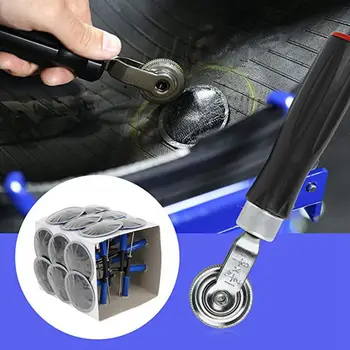 Constantly re-certified
Constantly re-certified
Equipment
All work is done with the help of professional tools and dealer-level equipment
Prices
Our choice is a policy of reasonable differentiated prices. We have a flexible system of seasonal discounts
Terms
All work is carried out as quickly as possible, this is facilitated by the competent distribution of labor between staff
More
More
More
More
More
More
More
More
More
More
More
More
Your application has been accepted, we will call you back as soon as possible
Price list successfully sent to your E-mail
Free
callback
Send price list
to your E-mail
Enter name:
Enter phone:
Enter your email:
Send
The order was successfully placed, we will call you back soon
The order is empty! You need to choose something before placing an order
Issue
spare parts order
Enter name:
Enter phone:
Send
Thank you! The file has been sent.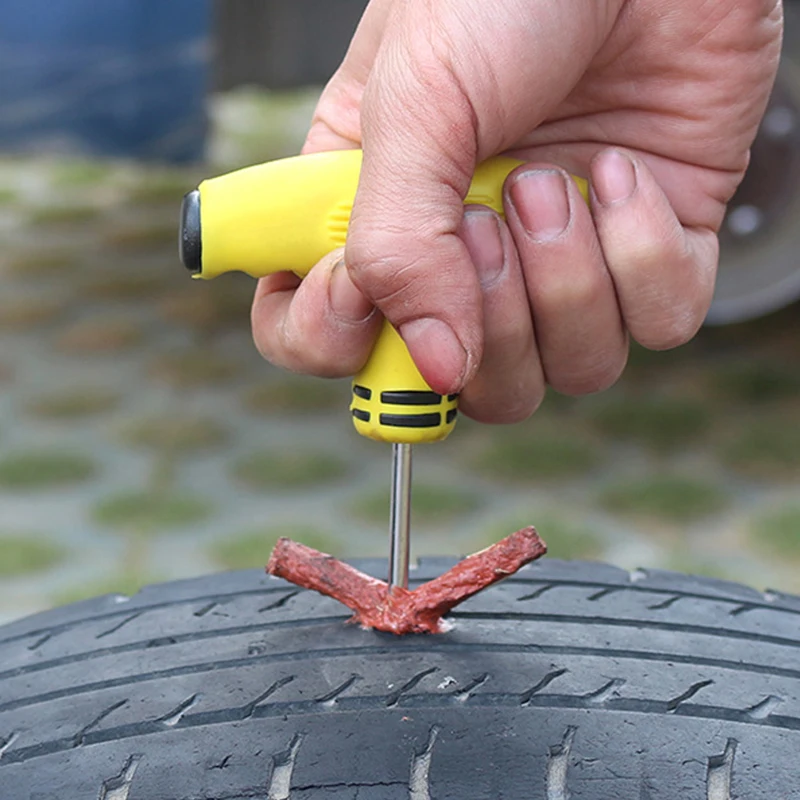
We will call you back soon
The file must not exceed 4Mb!
Send resume
to our company
Select file:
Select file
Specify the center:
Center-KakhovkaCenter-LobachevskyCenter-MnevnikiCenter-Panfilovsky prospectCenter-Volgogradsky prospect
Specify the types of work and car model
Sign up
We guarantee the confidentiality of the entered information
The comfort and safety of your every trip by car largely depends on the condition of its wheels. Therefore, it is very important to control the integrity and correct geometry of the disks, the condition and degree of wear of the tires, their precise mutual work. At the same time, without sufficient skills and a specialized tool, you can only check the most obvious parameters - the tread depth, the absence of hernias on tires and cracks on the disks, and the safety of the spikes.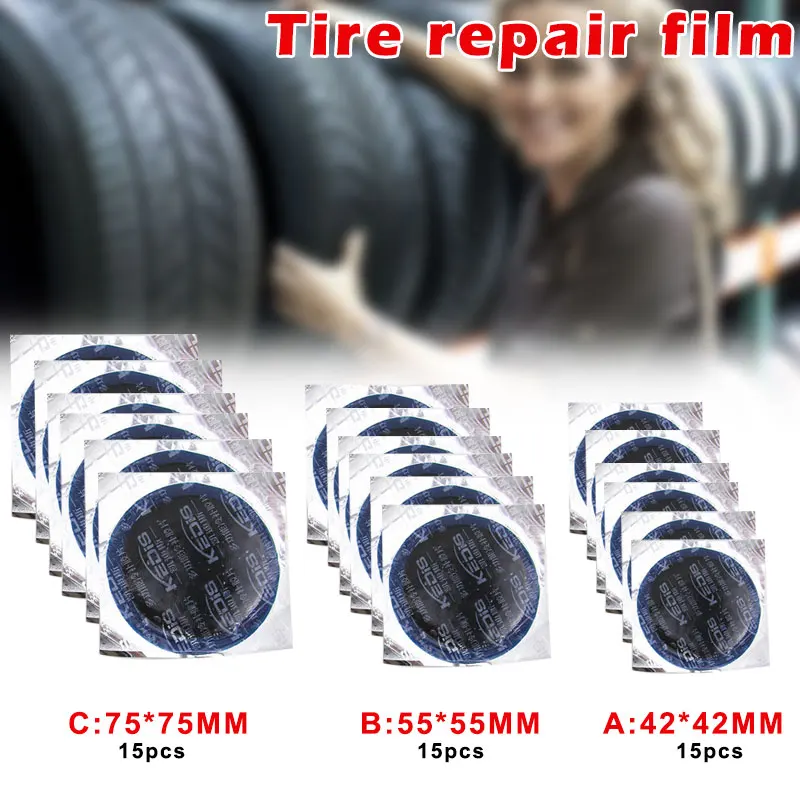 To assess the condition of the wheels more comprehensively and objectively, visit the Wheels 812 tire center on Komendantsky Prospekt. Our experienced and competent specialists will not only detect all existing problems in a short time, but also eliminate them qualitatively. At the same time, you will certainly like our affordable prices and comfortable conditions for receiving services. nine0005
To assess the condition of the wheels more comprehensively and objectively, visit the Wheels 812 tire center on Komendantsky Prospekt. Our experienced and competent specialists will not only detect all existing problems in a short time, but also eliminate them qualitatively. At the same time, you will certainly like our affordable prices and comfortable conditions for receiving services. nine0005
By contacting us, you can get almost any kind of work with tires and wheels:
To repair serious damage to alloy wheels, we use argon arc welding, which allows you to eliminate even through cracks.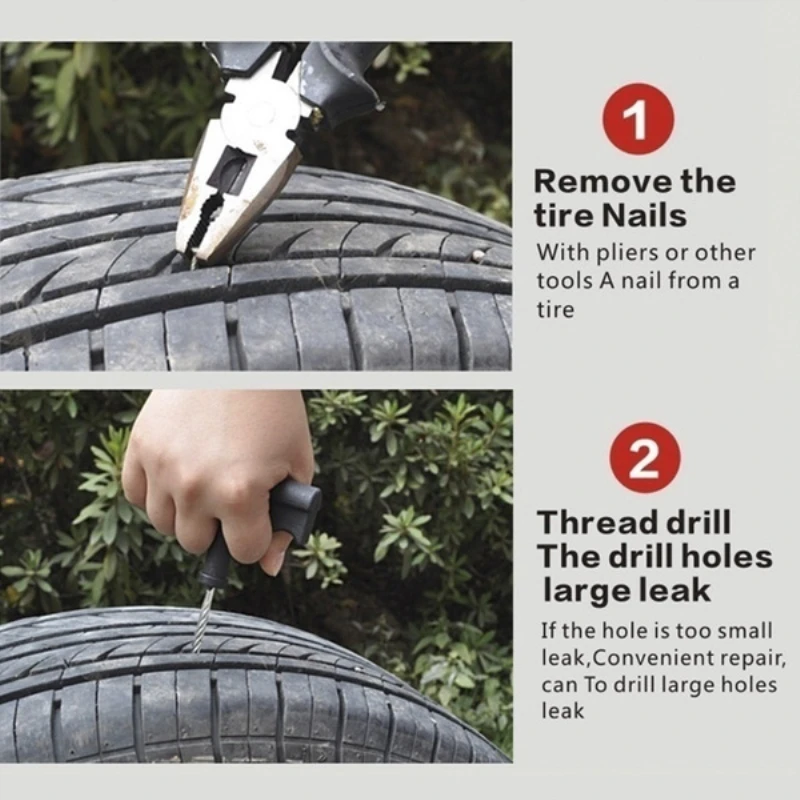
We also offer seasonal storage services for tires and complete wheels. If you do not have a place where optimal conditions for the safety of rubber will be created, then you can entrust it to us. In the future, you just have to come to the "change shoes" and put new wheels, leaving the previous ones in storage. We guarantee the perfect safety of all the technical characteristics and appearance of your wheels! nine0005
Offering you tire service in the Primorsky region, we actually provide much more. This is not only the removal / installation of tires or complete wheels, but also a full range of related services that meet strict quality criteria.
In our work we use only professional equipment and tools made by the world's leading manufacturers, as well as branded materials. This ensures the impeccable precision of all manipulations with the wheels of your car - and, as a result, a high quality level. nine0005
All our employees have many years of specialized experience and an impressive amount of knowledge.